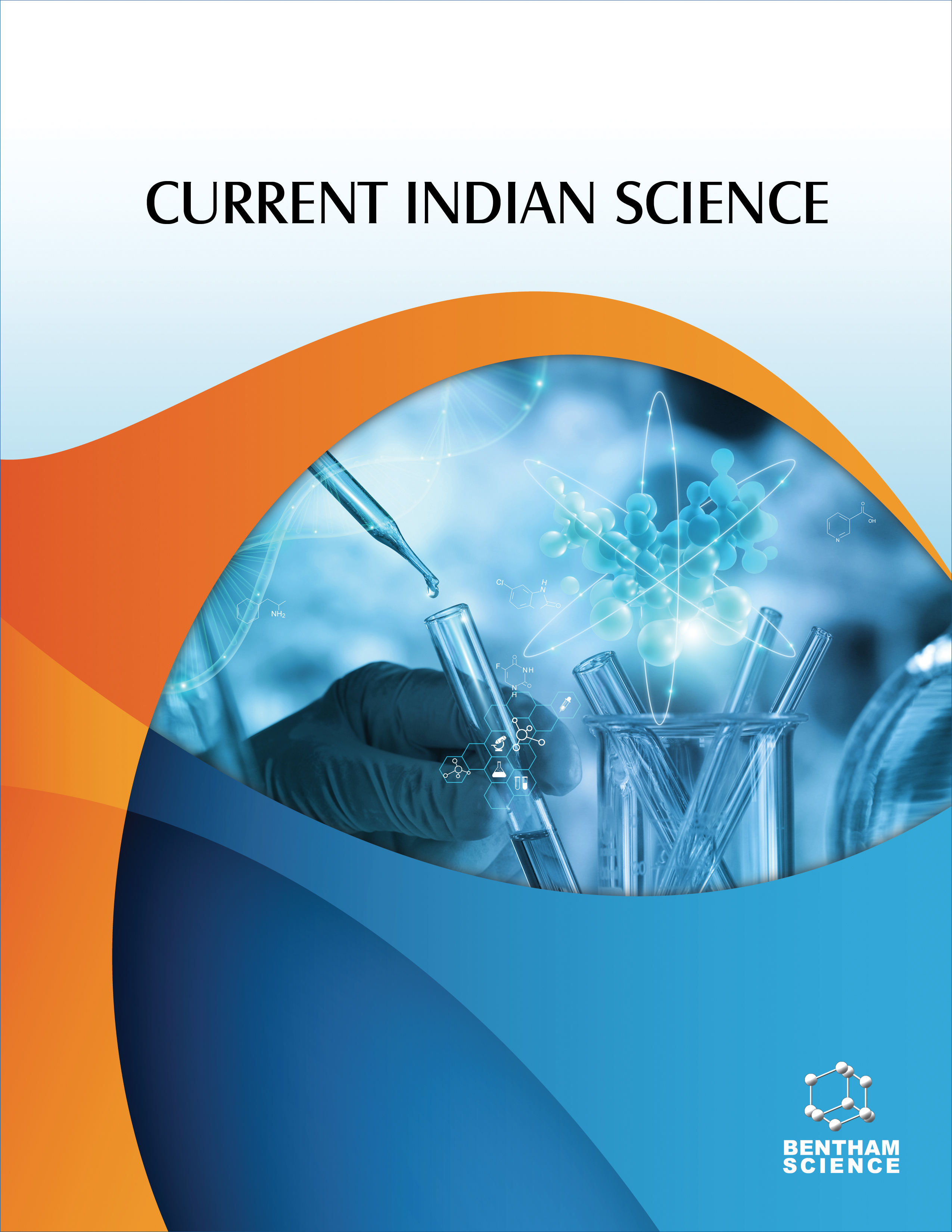-
oa Theoretical Investigation on the Mechanistic Pathways of Cp*Cobalt(III)-Catalyzed Transformation of N-Substituted Carbamoyl Indoles to Pyrroloindolone Derivatives
- Source: Current Indian Science, Volume 1, Issue 1, Jan 2023, e160822207550
-
- 13 Jan 2022
- 02 Jun 2022
- 01 Jan 2023
Abstract
A theoretical study on the Cp*cobalt(III) catalyzed C-H functionalization transformation of N-substituted carbamoyl indoles with alkyne derivatives to pyrroloindoline derivatives has been performed using the DFT method.
The indole skeleton is important for developing regioselective C-H bond functionalisation reactions. Pyrrolo[1,2-a]indole bearing a 6-5-5 tricyclic skeleton (Scheme-1) is an important structural component found in many biologically active natural products and pharmaceuticals (such as antitumor mitomycin C, antimalarial flinderole B etc.).Thus C−H activation process has great demand methods for efficiently synthesizing a pyrrolo[1,2-a]indole unit from readily available starting materials. Matsunaga & Kanai et al. published one such attractive report, which shows pyrroloindoline derivatives can be synthesized (Scheme-2) through Cp*Co(III) catalysed C-H alkenylation and annulations from N-substituted carbamoyl indoles.
Our current project deals with determining the rate step of the reaction for the energetically favourable pathway and investigating the actual reason behind the regioselectivity of the products, whether it is steric or electronic effects of the substituents.
The geometry optimization and energy calculations of all the systems were carried out with the Gaussian 09 software. Construction of trial geometries, monitoring of the progress of calculations and visualization of the final output was done by several graphical user interface software like Gauss View, Molden etc. Geometry optimization of all species is performed using M06-2X functional in DFT method as a method for performing optimization of structures. 6-31G (d, p) basis set was employed for all non-metal atoms, and the LANL2DZ basis set was employed for cobalt. The relaxed scan method was used to determine the geometries of several transition structures on the reaction pathway's potential energy surface (PES).
DFT study on a reaction of carbamoyl indoles with alkyne derivatives by activating Co(III)Cp* catalytic condition is done here. The targeting scheme followed the energetics of two possible pathways. The initial step of the reaction is the alkyne insertion step which needs 21.27 kcal mol-1 energy. In the first case, the final annulated product has been generated through a carbon-carbon bond formation, proton transfer and demetallation processes in path-a. The global activation barrier is quite high (30.17 kcal mol-1). However, the study of the second pathway, which generated the simple alkenylated product through the proto-demethylation process in path-b, reveals a more reliable activation barrier (21.27 kcal mol-1).
A comparison of the energy requirement reveals that the formation of the final product should go through a favourable simple alkenylation process that is path-b for dimethyl amine. Due to the lower energy barrier, the simple alkenylation pathway (i.e., Path-b) is a more favourable one. The initial alkyne addition step is the rate-determining step. The regioselectivity of the alkyne addition is purely governed by the steric crowding around the substrate. Thus the favourable mode of alkyne addition has a lower energy barrier due to lesser steric interactions. This theoretical investigation may guide future researchers in developing another economical route for generating similar derivatives.


